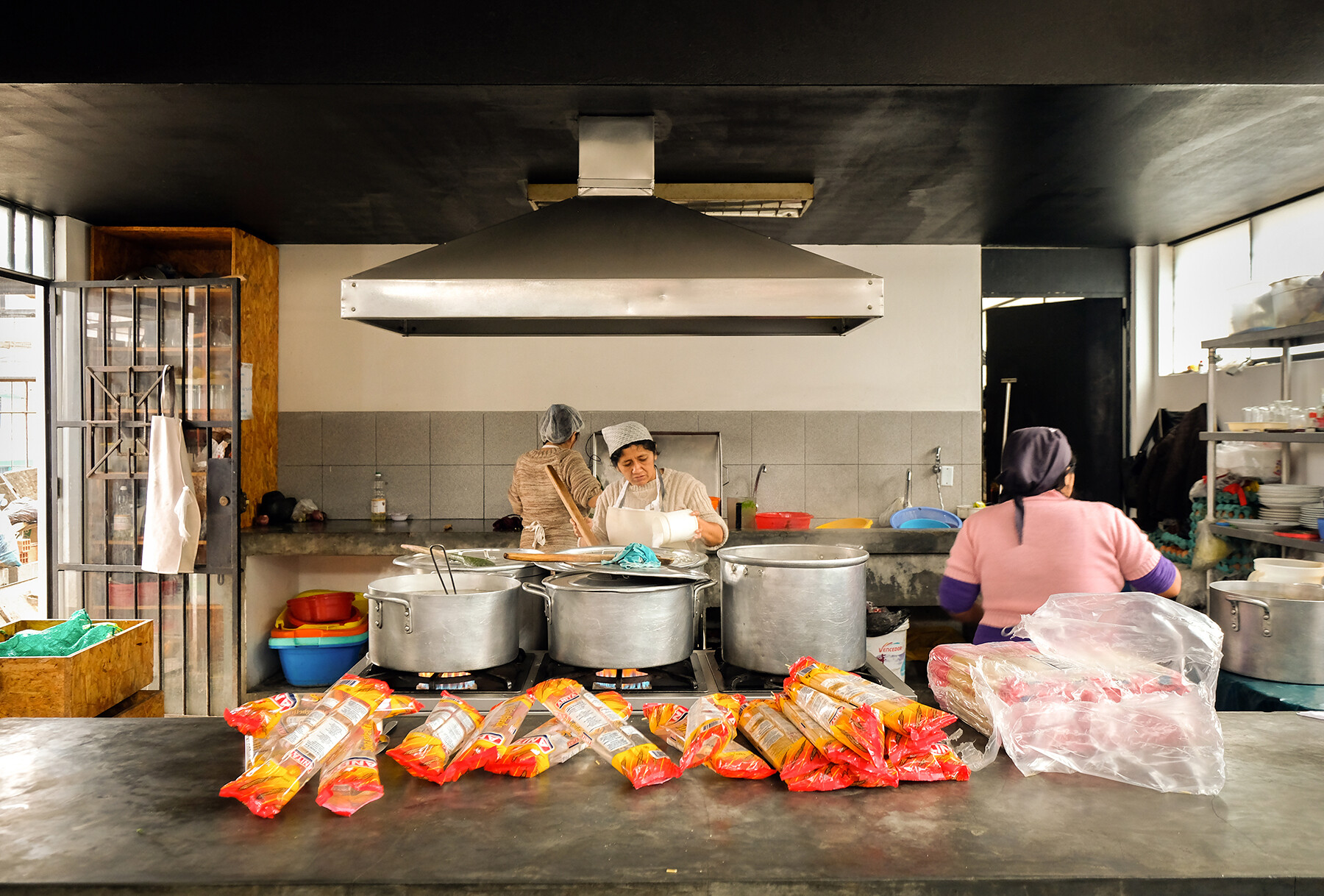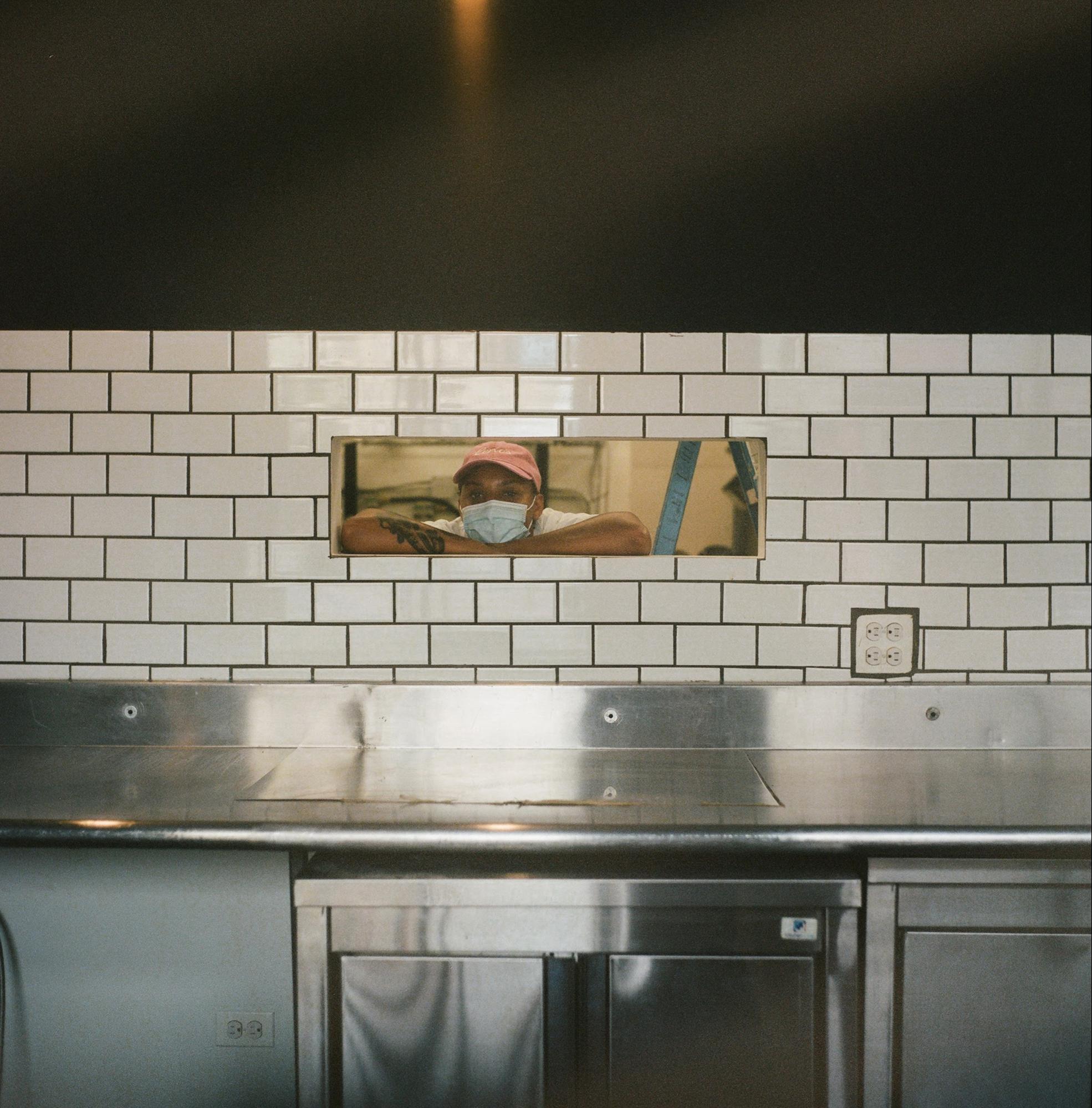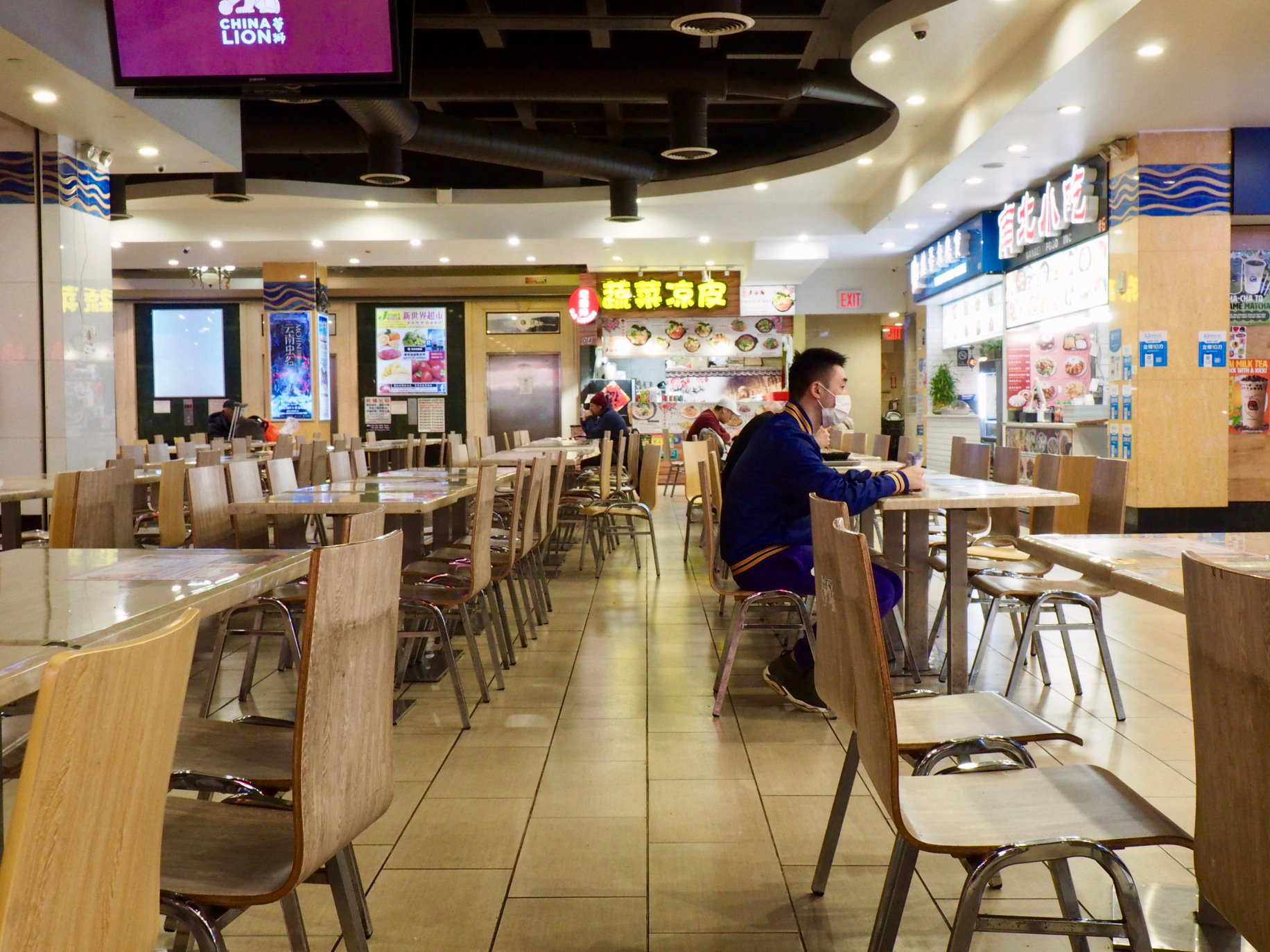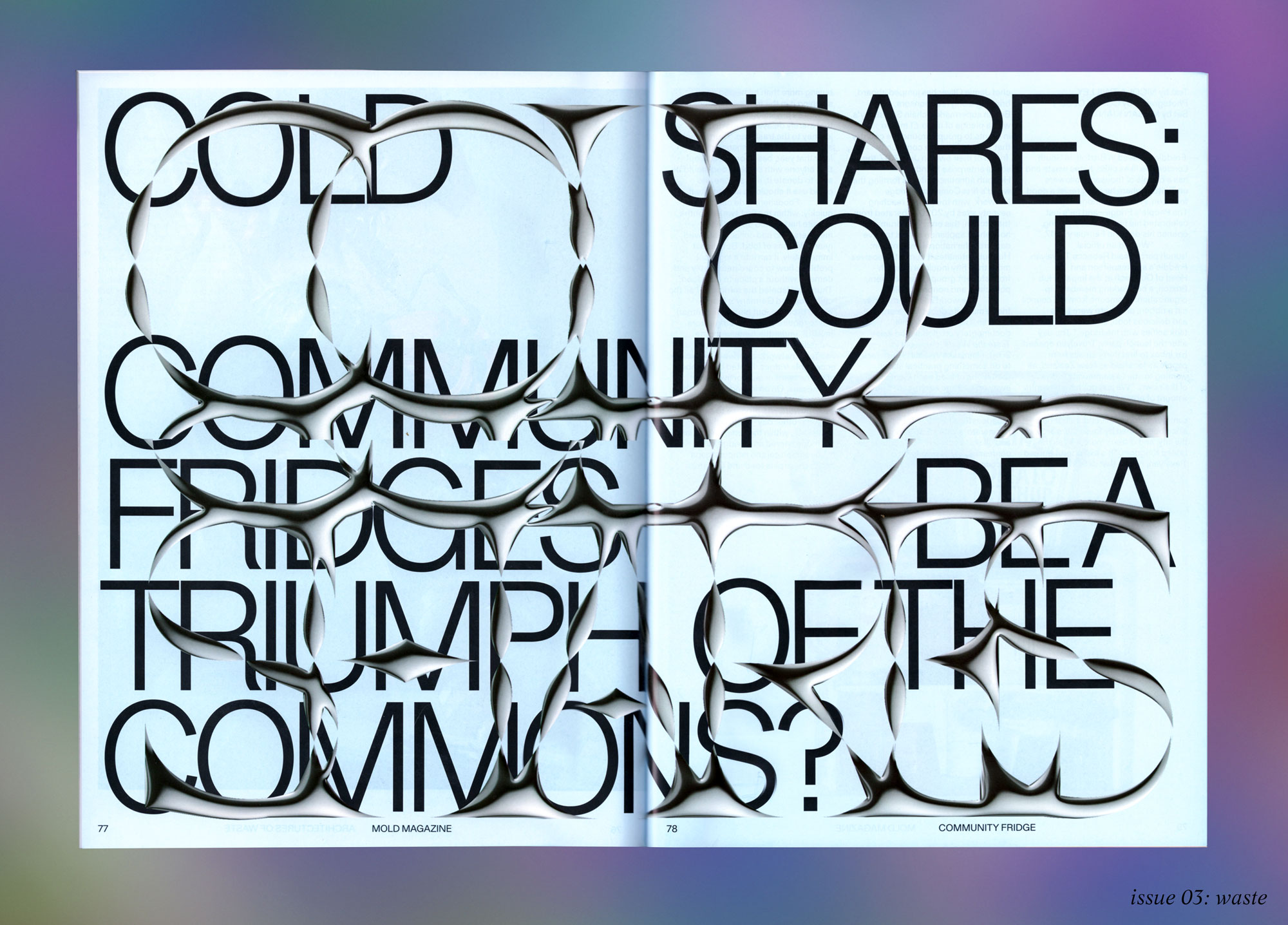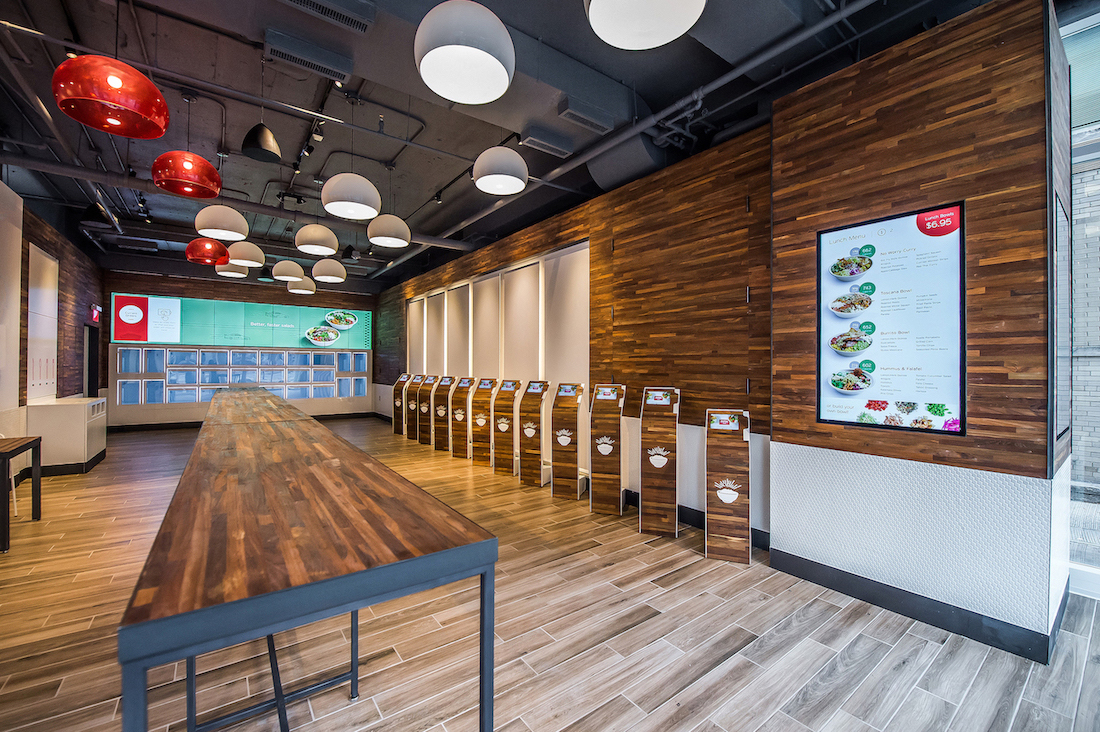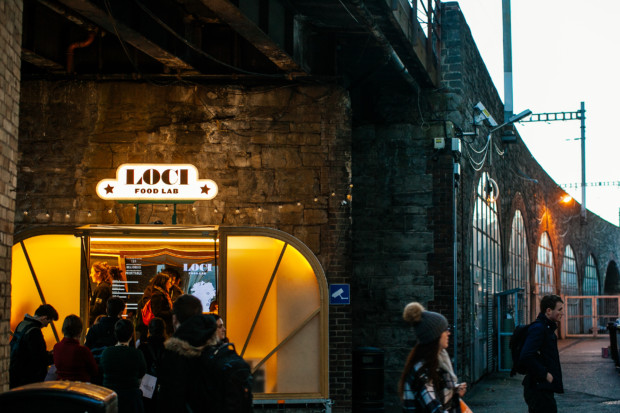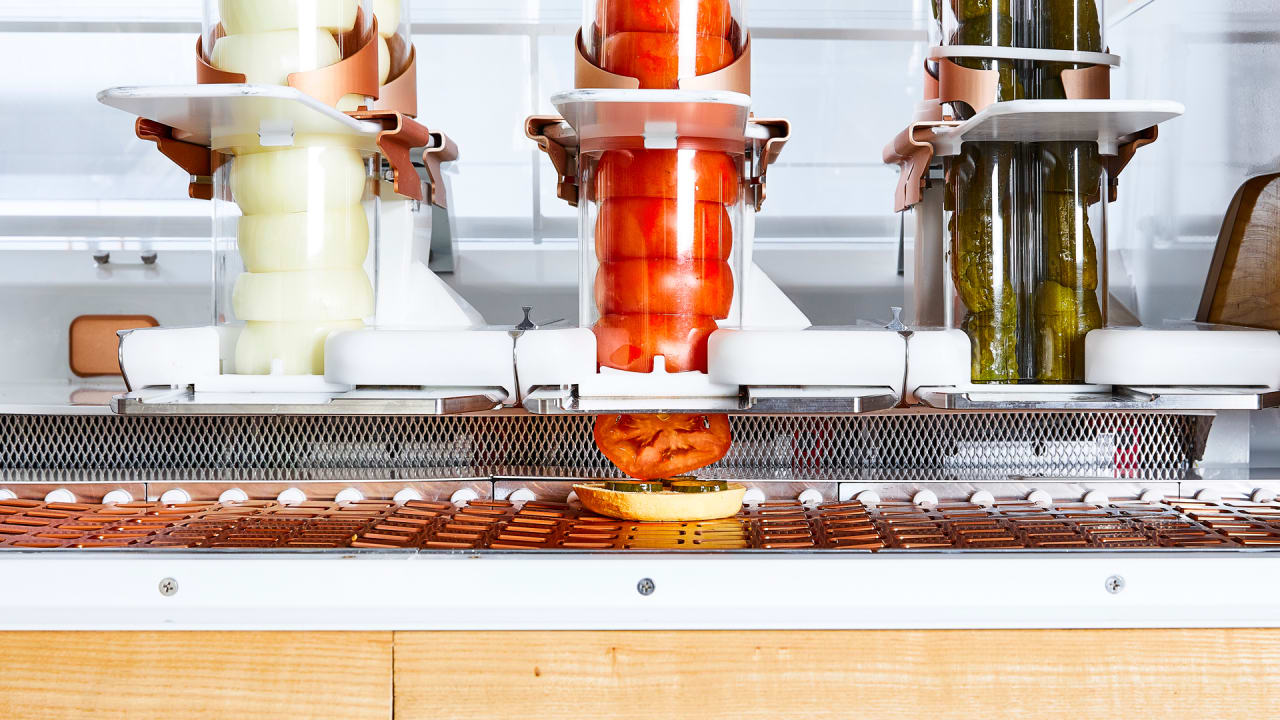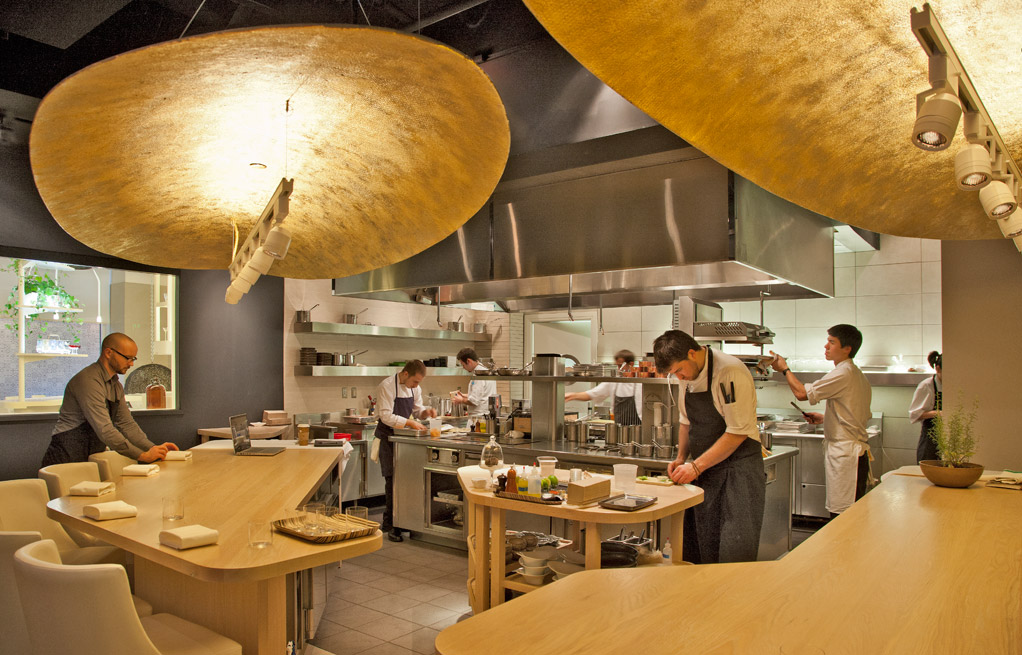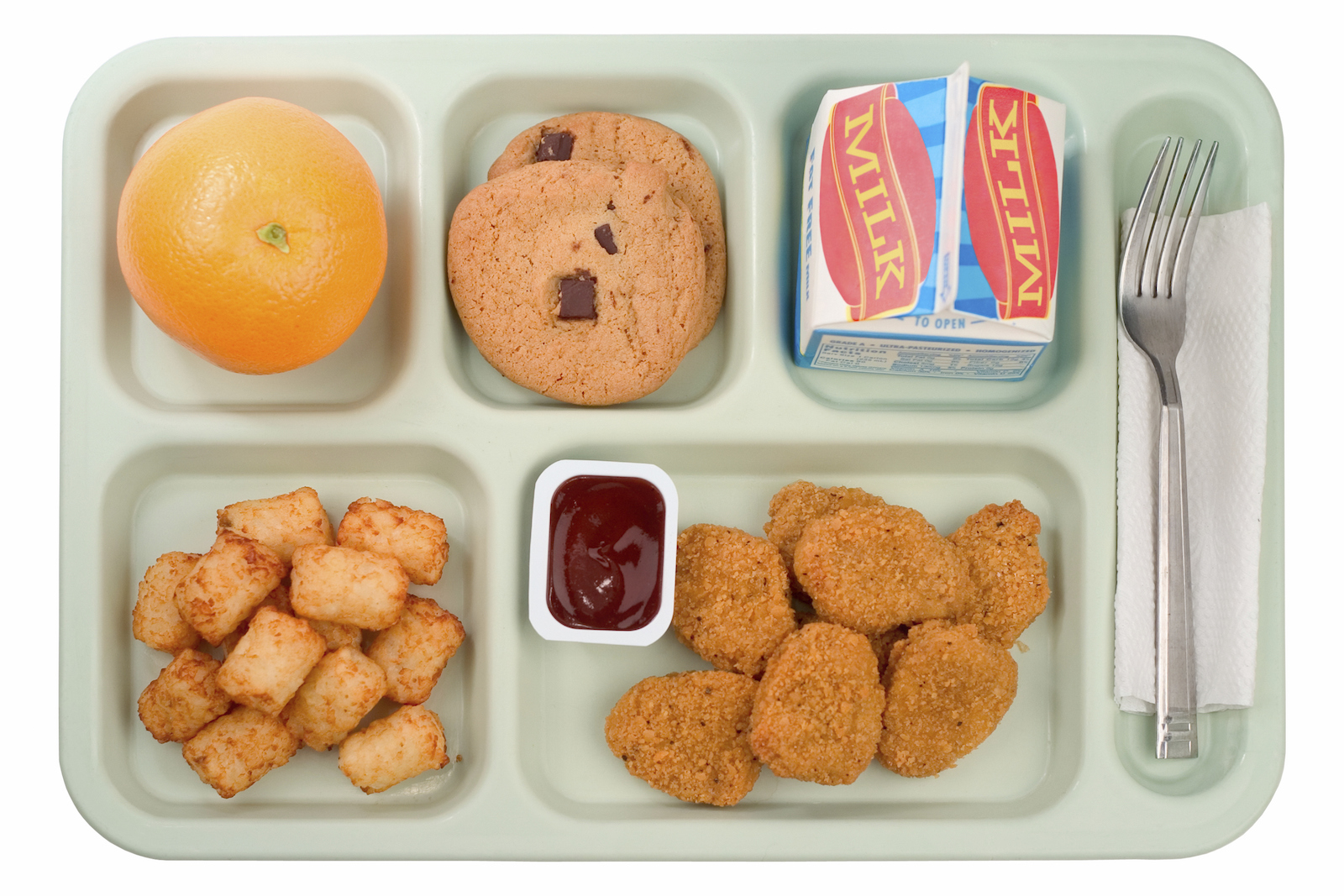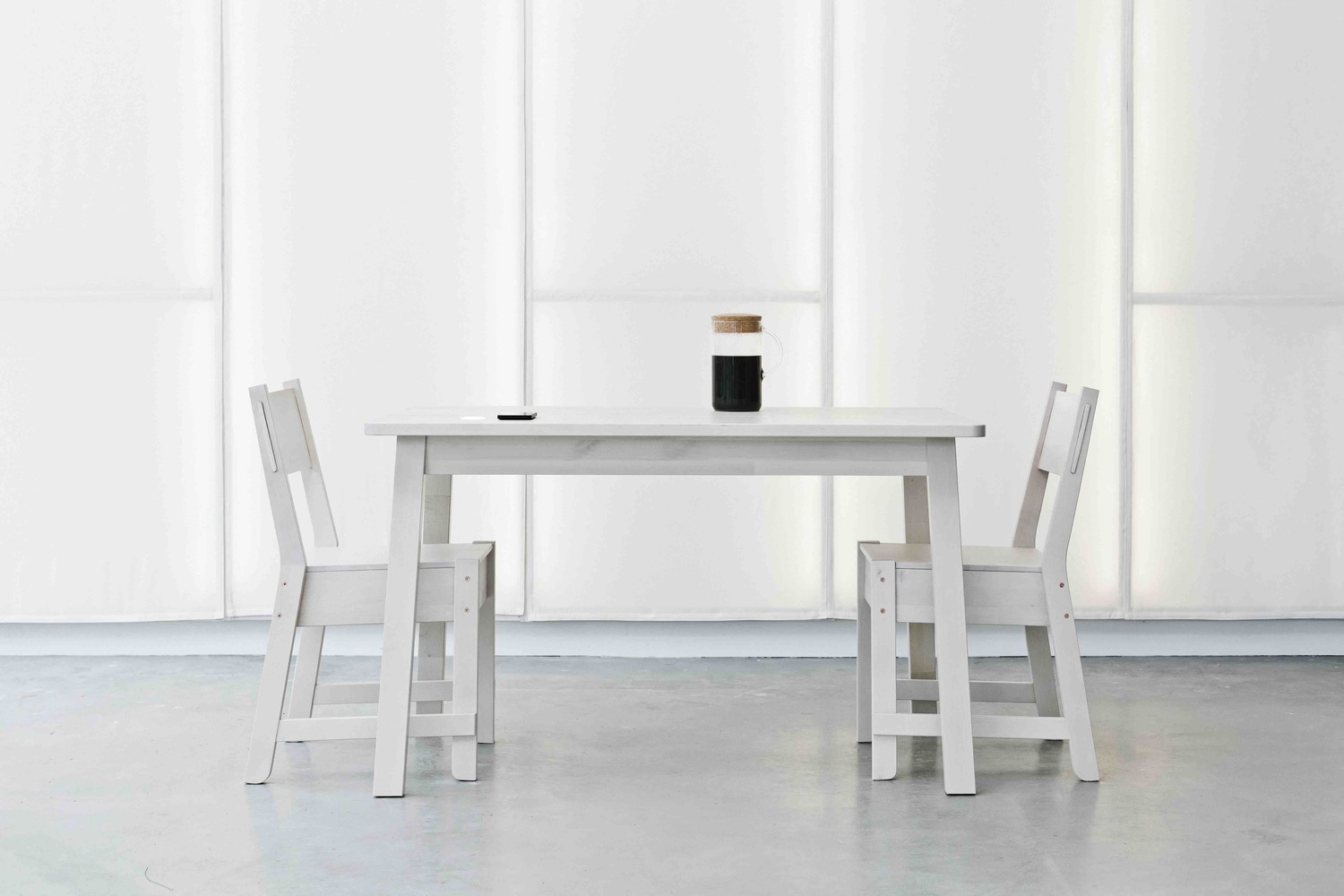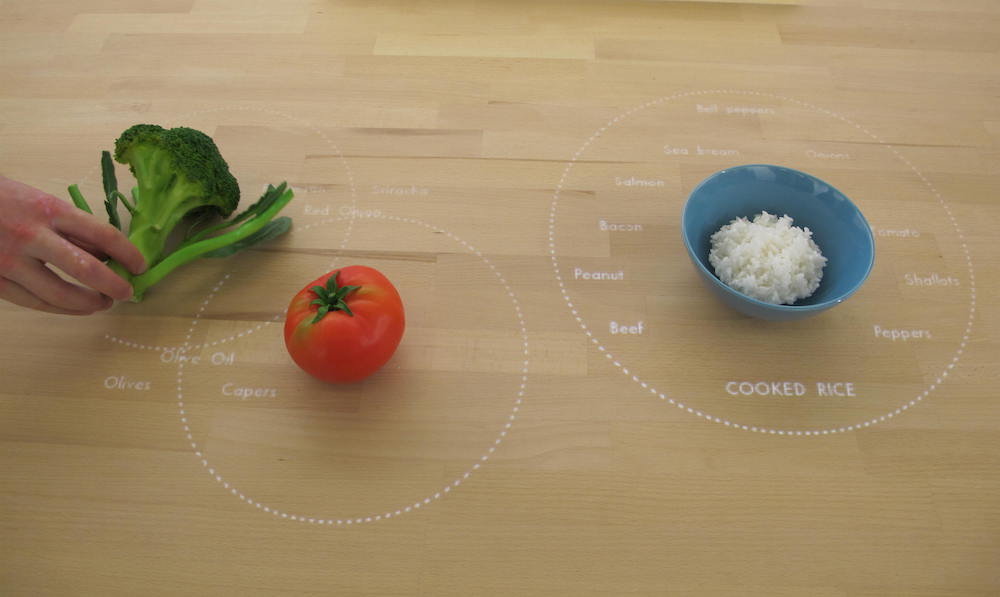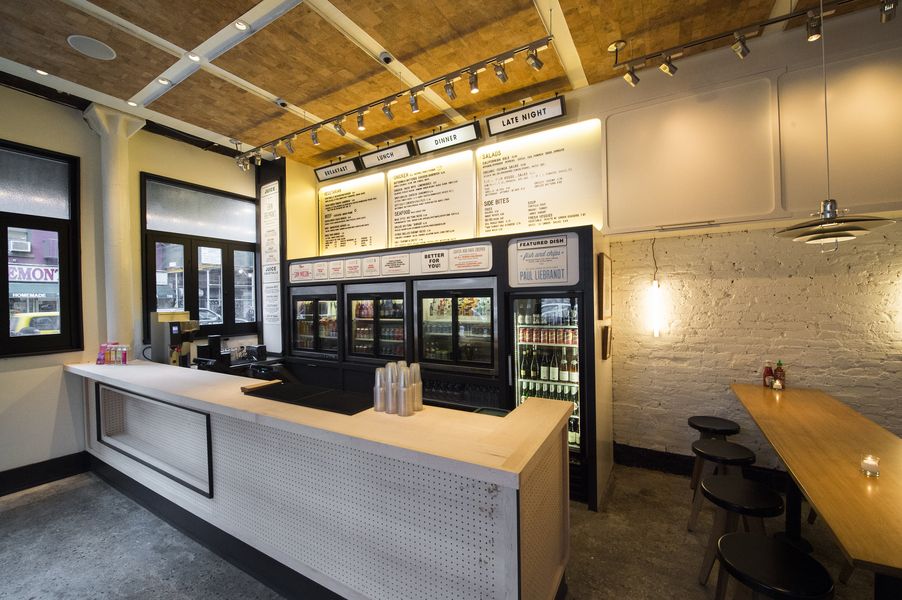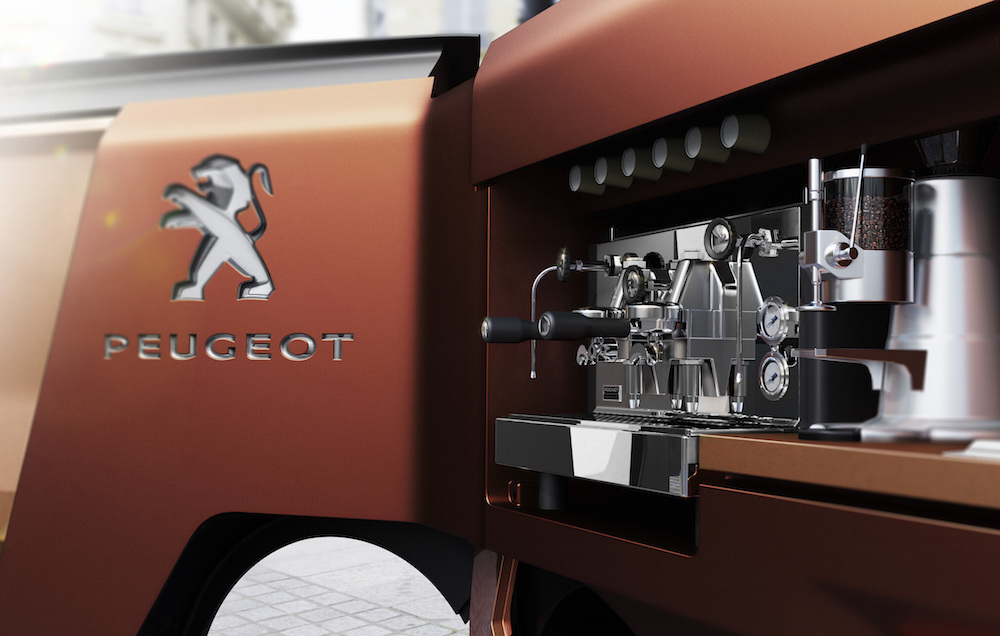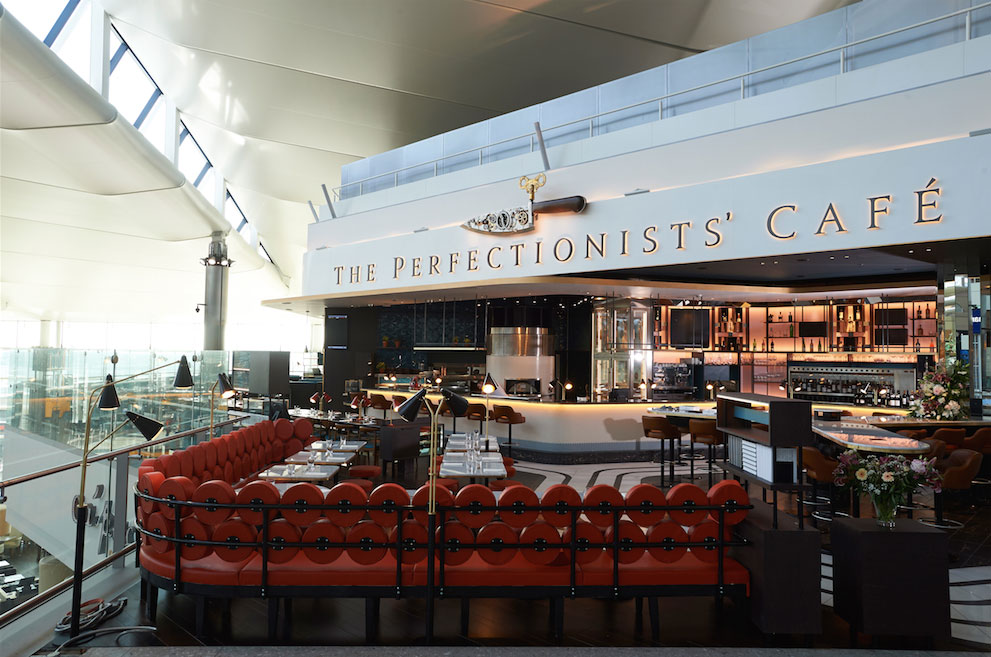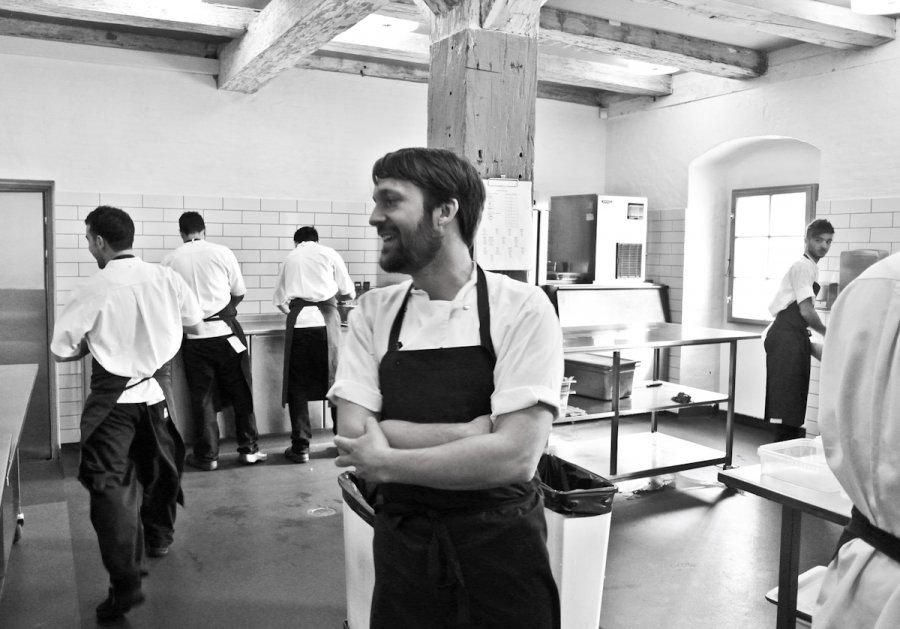During the current coronavirus pandemic and in the coming post-COVID-19 world, food safety has become a food business maker or breaker. At this uncertain moment, one San Francisco restaurant finds itself ideally positioned for success instead of failure: Until now, Creator’s affordable but luxe burger has been made with unprecedentedly less human contact, but as the current crisis has deepened, the company has moved nimbly to make itself even safer.

Eight years in the making by a team of engineers, roboticists, designers, chefs and restaurateurs from places like Tesla, NASA and Chez Panisse, Creator is a gourmet burger restaurant-in-a-cabinet. The kitchen is a piece of transparent furniture that can be rolled around and plugged into the dining room. Since it soft-opened in San Francisco in 2018, Creator’s patrons have been watching through its acrylic glass face as it preps and cooks inexpensive custom versions of recipes by upmarket chefs, using artisanal ingredients. Unexpectedly, from the start, the big news about Creator wasn’t its impenetrably engineered robotics, but how laser-focused the team behind the brand are on transparency and people.
Based on these human values, the brand’s engineering is, one might say, naturally safe. Creator has a perfect health inspection score, a record that less than 4% of San Francisco restaurants have earned in the last five years. This is because its meticulously designed culinary device prepares the burger, from start to finish, inside that transparent cabinet where it is never touched by hands or exposed to sneezes. The robot slices the bun, tomatoes, onions, and pickles, grinds and shapes meat into (tenderer, juicier) patties and griddles them inches from where they were refrigerated. There is no eyeballing, only precise automation systems that cook every burger optimally for both taste and safety.

“While most restaurants today talk about moving tables further apart and tell us they know their workers are washing their hands, Creator has entirely enclosed the robotic system, so it’s even more safe from human contact,” says Avidan Ross, founding and managing partner of Root VC, which helped fund Creator through years of tweaking and tinkering to get the machine just right. “It turns out, in the food industry, the highest quality product is not handmade. Nobody has ever said, I want my burger touched by 35 different hands, but it just so happens that, up to now, it’s had to mean that.”
 A pressurized and sealed takeout window is now the primary interface for customers and the restaurant
A pressurized and sealed takeout window is now the primary interface for customers and the restaurant
So that’s how it was before the COVID-19 pandemic. Steps the company has taken recently, in the face of the new virus, have further deepened its already stringent safety practices: Since shuttering the dining room on March 13th, staff have received guests’ orders remotely or through a sealed takeout window intercom. When the meal is cooked, it travels along a self-sanitizing conveyor in a hermetically heat-sealed double bag marked with a tamper-evident sticker, and then through a newly engineered pressurized transfer chamber inside the restaurant out to the sidewalk for pickup or delivery. The system was designed, founder Alex Vardakostas says, to protect staff as much as to protect delivery people and walkup guests. (They also presciently removed all seating outside the store to prevent people from gathering or lingering there.)

Significantly, the restaurant’s design of systems and spaces explicitly helps to facilitate a sense of security while maintaining the humanity of what goes on within that safe space. The use of a fully transparent, floor-to-ceiling barrier surrounded by living plants in the storefront makes the carefully sealed restaurant approachable and welcoming from both sides. Meanwhile nothing interrupts eye contact and the sharing of body language between guests and staff during their interactions. “Oftentimes, design is focused on visual aesthetics,” says Vardakostas who, as a child, flipped thousands of burgers himself, while helping out at his parents’ southern California eatery. While his team conspicuously valued aesthetics in the existing interiors, it also focused on function as it approached the barrier design. “If staff no longer have to fear getting sick while at work, they can feel comfortable and focus on doing their jobs efficiently and safely. So, the barrier design essentially meets an emotional need for security.”
 Jeremy waves from inside the restaurant
Jeremy waves from inside the restaurant
On the guests’ side, Vardakostas points out, the highly visual point of sale system is visible through the window, so even though the dining room is closed, guests can still see the whole food ingredients in the transparent dining room refrigerators; their sauce, seasoning and toppings selections; and the culinary device as it constructs their custom order in real time. In the past, Vardakostas has said that creators of new technologies need to be good shepherds of those technologies because any of them can be abused. So, whether struggling with a pandemic or not, he says, “transparency is a central value at Creator because it facilitates a sense of security and trust.”
Through the existing robotics and new engineering, the equal emphasis on safety for staff, families of staff, and patrons, and with an extended sick leave policy, Creator’s humanity is being borne out.
